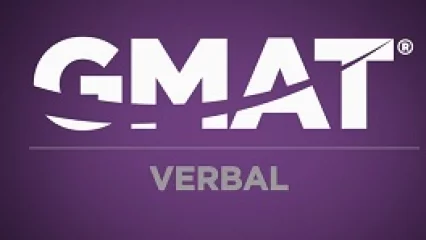As you will find out from this video, from the new GMAT tutorial series produced by PrepAdviser and examPAL, this type of question often takes the form of a kind of short story, which usually relates to the sections: Rate and Work, Interest, Ratio and Proportion, Descriptive Statistics, Sets, and Counting Methods and Probability.
Our goal in a word problem question is to turn the story into an algebraic expression as quickly as we can. And when the algebra is not simple enough, we would rather use simple numbers instead of variables. So, the question we must ask ourselves when we see a word problem is – how do we extract the numbers?
The first option is: from the question stem. If the numbers are there, we can take the precise approach and simply plug them into an equation. For example, let’s look at this question:
Jayne shared a cake with three friends, and each of her friends shared his piece of cake with his five children. How many people in total shared the cake?
Now, in a question such as this, we have all the information we need. We know the number of Jane’s friends, and for each – we know how many children he has. So we can just build an equation: Jane, plus three friends, plus three friends times five children, equals 1 + 3 + 15, which is 19.
If the numbers do not appear in the question stem, we may want to use an alternative tool, such as using the numbers which appear in the answers.
Let’s look at an example:
Eight white tickets and p/7 pink tickets are scrambled and one ticket is drawn at random. If the probability that this ticket is pink is ⅓, what is the value of p?
Here, the question has a variable, p, the value of which we do not know. One thing we can do is simply pick an answer and try solving for the value in it. We will start with the median answer, (C): if P equals 21, that means there are 21/7 pink tickets, which is 3. So the chance of picking a pink ticket out of all tickets is 3/(3+8) = 3/11 – which is not 1/3. This means we cannot only eliminate (C), but also (A) and (B), since we need an answer which makes P larger. Trying (D) 28, we get 28/7 = 4 pink tickets, so that the chance of getting pink is 4/(4+8) = 4/12, which is exactly 1/3! That’s it – we used the numbers in the answers to turn the text into an equation that works!
Sometimes, though, we will have no numbers in the answer choices either. In this case, we will use a different alternative tool, and make the numbers up ourselves!
Here’s an example:
If there are x people in group A and y people in group B (y > x >1), then the fraction of the number of different couples that can be formed in group A, divided by the fraction of the number of different couples that can be formed in group B, is…?
Here we have no numbers at all, so we will just choose ones that are easy to work with. If we let x be 2 and y=3, the equation will be: one (since only one couple can be formed out of two people), divided by 3 (since 3 couples can be formed in a group of 3). We will just plug in x=2 and y=3 into the answer choices, and we will quickly see that only one of them – (E) – gives us the same value. That is our answer. We chose numbers and turned the story into a simple equation.
Another option we have when there are no numbers available is taking the logical approach and not using any numbers at all.
For example:
Two runners started running at the same time from the same spot on the circumference of a regular course, in opposite directions. Up until the time they meet, the sum of their respective distances from the starting point was how many times the length of the circumference of the course?
Now, by the time the runners first meet, one will have completed part of the circumference, while the other will have completed the rest of the circumference – meaning that together they completed the distance of the circumference exactly once.
Here, we managed to solve the question without using numbers at all.
To recap, word problems are all about turning text into algebraic expressions, and when the going gets tough, simply start using numbers!



